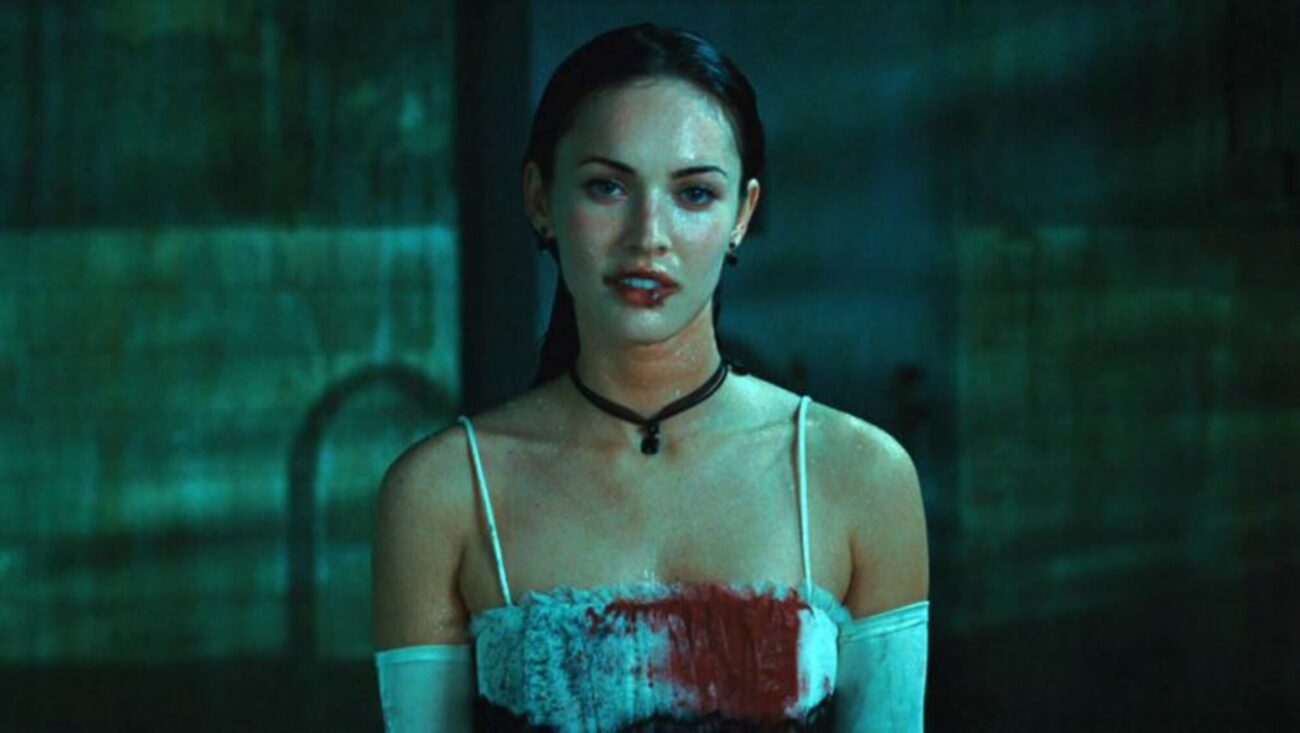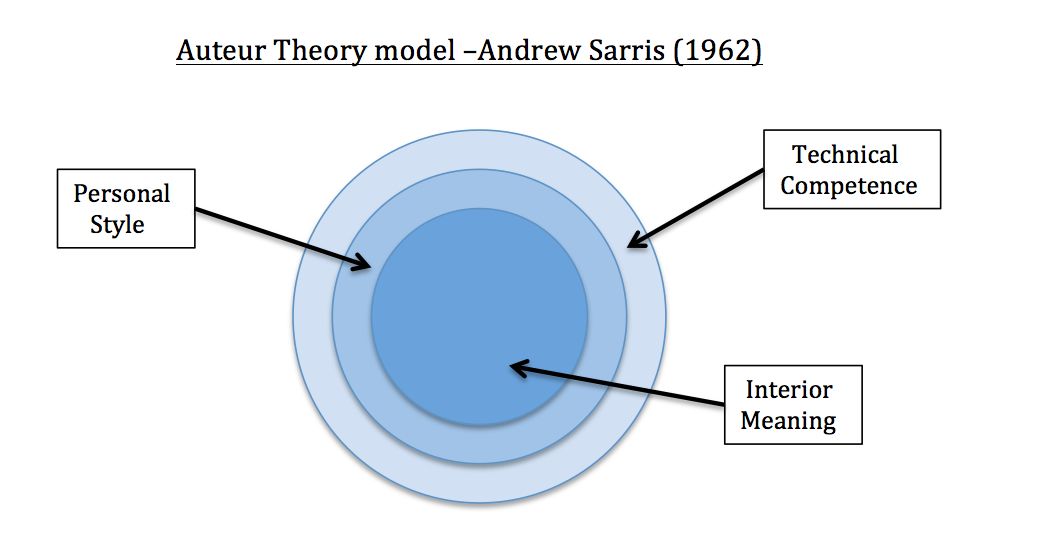Cinema as a vessel for the reproduction of reality calls into attention the bodies it chooses to represent. In the case of queer representation, the lesbian stereotypes present in media can act as a marker for their real-life counterparts to use as a basis for their own formed identity. Considering the proclivity of cinema to engage in a transaction with its viewer, the bodies present on the screen tell a story with implicit imagery that the filmmaker knows the audience will understand. With this in mind, the lesbian image in cinema also serves as a greater statement for the surface level understanding of society on the identity of the lesbian woman.
Creed (1995) describes the depiction of women in photography and film in a way that I consider to be the coolest band name ever; “narcissist, sex-fiend, creature, tomboy, vampire, man-eater, child, nun, virgin”. Woman are abject bodies of horror. Their bodies are a reminder of man’s debt to nature and is almost unnatural in the way that they are “penetrable, change shape, swell, give birth, contract, lactuate and bleed” (Creed, 1995). Once again, Creed not only offers a looking glass into the monstrous portrayal of women but also a list of potential band names. However, with the already malleable image of woman present, in what ways does the lesbian body differ from that of the default woman?
Creed proposes at least three stereotypes:
- The Masculinized Lesbian Body
- The Animalistic Lesbian Body
- The Narcissistic Lesbian Body

The first two stereotypes are ones that an average viewer is familiar with when it comes to lesbian bodies on screen. They are constructed in terms of the heterosexual model of sex which involves penetration, domination and still removed from the realm of lesbian pleasure involving the feminine perspective (because of course, the one thing that should be present in lesbian pleasure is a man). The third image offers an interesting foray into the perception of lesbianism as a form of narcissism.
The threat offered by the image of the lesbian-as-double is not specifically related to the notion of sexual penetration. Instead, the threat is associated more with auto-eroticism and exclusion.
Creed (1995)
The presence of a lesbian couple as echoes of femininity challenge and at the same time reveal the position that lesbian bodies have in queer cinema. They are a threat to the male gaze but also a participant in the spectator sport. The man may look but he can’t touch and while there is something exclusory in this thwarting there is also something voyeuristic about it. There is still a pleasure derived on his end in the framing of the narcissistic lesbian body.
When the lesbian body veers away from being pleasurable to a male gaze, there is often a negative reception to the media. In Jennifer’s Body (2009), there was a lot of backlash on the shared kiss between the two beautiful feminine female leads. I remember spotting a headline that said the salacious kiss couldn’t save the movie from its lacking plot. I am one of the many emerging Jennifer’s Body apologists in that I believe it fell prey to the wrong marketing. I can’t find that headline nor can I confirm whether or not it was a false memory. I can, however, pull up one of the trailers that was in circulation at the time.
Jennifer Check is portrayed as a terror for her comfort in her sensuality. Her transformation into a soul-eating demon only furthers this because now she goes through all the high school boys like it’s an all you can eat buffet. Though there is no explicit confirmation of Jennifer’s sexuality, she still presents a lesbian body that is rare in male-dominated cinema: the untouchable one (literally, she could eat your soul). I think the film shows an unspoken and true facet of the queer female experience. The girls grew up as best friends and explored young adolescence together. Needy and Jennifer have a relationship dynamic that teeters the same line a lot of lesbian youth hover over: Is she a friend or am I into her?
Unfortunately, due to the time and marketing of the movie we never got the fully queer horror movie that Jennifer’s Body could have been. However, we did get a depiction of the lesbian body as hesitant in kissing their childhood friend, the lesbian body disinterested in men and the lesbian body defending herself. All of which are rare and hopefully will find themselves on our screen sometime soon.
References
Creed, B. (1995) “Lesbian Bodies”





/cdn.vox-cdn.com/uploads/chorus_image/image/59914641/hereditary2.0.png)

